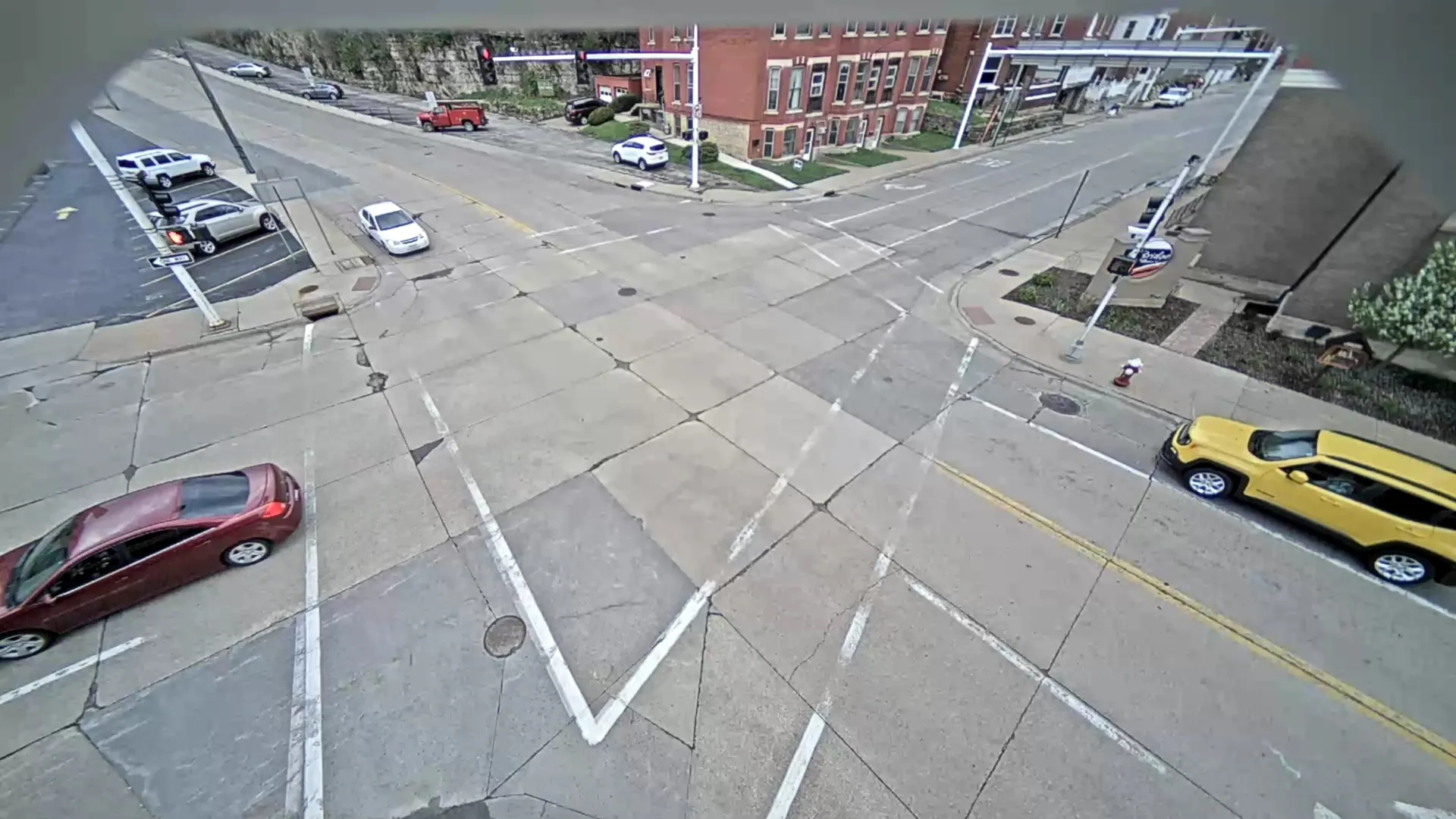Teledyne e2v says its new image sensors feature a pixel architecture which improves performance while reducing the overall camera cost.
The Emerald 12M and 16M CMOS image sensors come with features suitable for high-speed interface systems, the company adds.
Both products feature a 2.8μm low-noise global shutter pixel, which is produced using a 100nm water manufacturing process from manufacturer TowerJazz.
According to Teledyne e2v, the sensors feature high dynamic range modes with up to 120dB dynamic range and return on investment mode which allows multiple images to be captured under different exposure conditions.
These sensors also host the same ceramic land grid array package, optical centre, readout structure and processing.
Teledyne e2v expands Emerald sensor range
Teledyne e2v says its new image sensors feature a pixel architecture which improves performance while reducing the overall camera cost. The Emerald 12M and 16M CMOS image sensors come with features suitable for high-speed interface systems, the company adds. Both products feature a 2.8μm low-noise global shutter pixel, which is produced using a 100nm water manufacturing process from manufacturer TowerJazz. According to Teledyne e2v, the sensors feature high dynamic range modes with up to 120dB dynamic
September 24, 2018
Read time: 1 min










